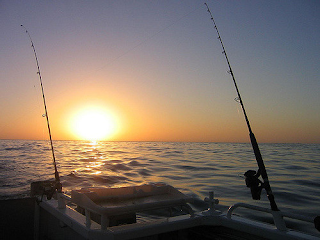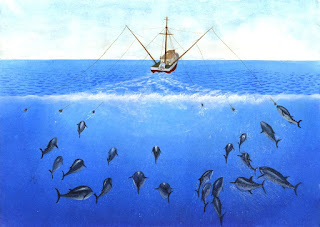Catching blackfin tuna

catching blackfin tuna Blackfin tuna are the smallest member of the genus Thunnus (the true tunas: bluefin, yellowfin, bigeye, and others); the world record stands at 49 pounds, 6 ounces, taken off Marathon, Florida, in 2006. The North Carolina state-record blackfin , taken in 2011, weighed 40 pounds, 11 ounces. But they’re prolific; the tasty critters are the only tuna species not listed on Greenpeace’s Red List of endangered marine species. Each winter, blackfin gather in the warm Gulf Stream water as it swirls over the rocky edge of the Continental Shelf, gorging on huge clouds of baitfish caught in the considerable current. Also during winter, the cold Labrador current pushes down the Atlantic coast from the north, colliding with warm, clear Gulf Stream water from the south. Where the two currents meet, the water temperature can differ up to 20 degrees. On the cold side of the break, the water is dark, dirty green; the warm side appears clear blu...


